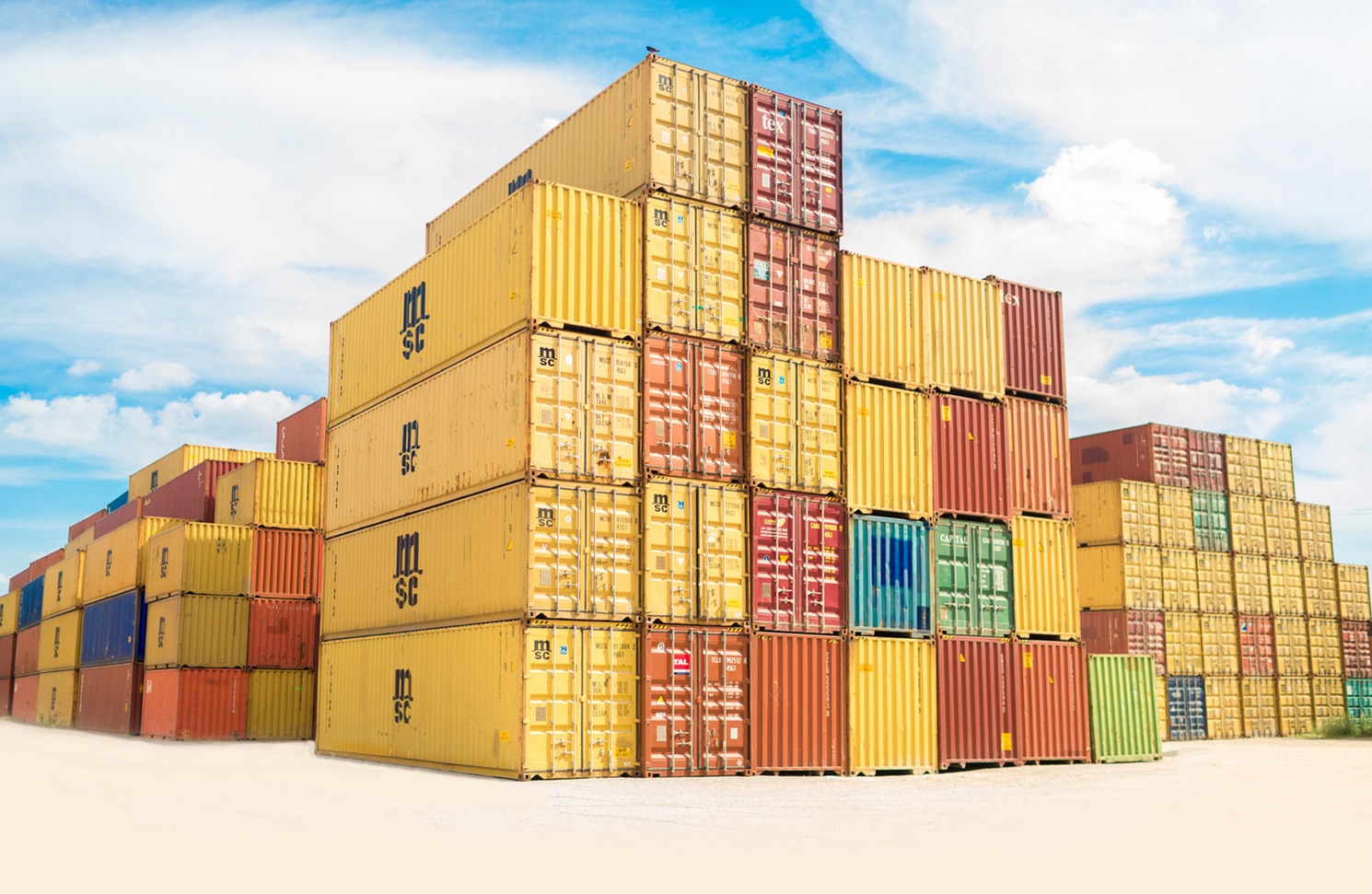When you want to buy a product, it takes time for it to get to you. Stochastic Lead Time will help you deal with the uncertainty that can affect this process.
There’s a number of factors that will directly impact on how long you wait. The amount of time you wait to get what you ordered is the lead time.
The most common scenario on supply chains are stochastic lead times which means that you never know if the supplier will be able to deliver your order on time.
Fundamentally, when dealing with safety stock models, lead time it’s not just the transportation time. So let’s see how lead time can affect your planning.
What composes lead time?
The supply chain specialist Nicolas Vandeput affirms that there is at least 8 others factors that impact lead time.
He also adds that the most supply chain professionals think that lead time are only the transportation, forgeting about the others, which includes:
- Review period: time spent between two different orders.
- Production frequency: time between two productions batch.
- Frozen period: moment on a cycle when the production planning is frozen, no changes are ocurring for the operational teams.
- Production time: time needed to produce the goods. Whenever products are currently being produced, they’re called work-in-progress (wip)
- Planning time: time needed for production planning and to plan the transportation of the goods.
- Preparation time: time needed to select goods and prepare the order.
- Transportation time: time to move stock from one location to another.
One last aspect Vanderput considers is the unexpected events that may occur in these process. For instance, goods can be stolen, or a storm can delay the transportation.
For example, a recent event that impacted many supply chains was the covid-19 pandemic.
Lead time is not precise
The major problem when dealing with lead time is it’s imprecise nature.
On other words, you never know exactly when a order will arive.
And that happens for a many different reasons, such as process variability, production constraints, lack of raw materials, mistakes, defects, planning constraints.
In practical terms, this imprecision can result in two scenarios: the supplier being late or early compared to the expected time.
When it’s late, the major risk is the on-hand inventory drain. On the other hand, when it’s early, results in higher holding costs.
Impacts of Variability
Any variability on lead time has impacts on costs.
That’s because there are important linkages between transportation reliability, forecast accuracy and inventory levels.
So you must consider not only the value of the product being transported but also the expected time and variability. The impact can be measured considering the follow items:
- Cost of transportation. It can be fixed or variable, affected, for example, by the price of gas.
- Capacity restrictions. The limit set on a order for any given reason.
- Material restrictions. What can be transported and how much it costs; if it perishs too fast.
General Stochastic Equation
The first thing we need to get to a general equation for Stochastic Lead Time is look at the demand variation.
This variable is called D. In a deterministic model D is constant, but as stochastic means random, now we look at the variation of D.
Assuming that demand follows a normal distribution we’ll define that by a mean μd and a standard deviation σd.
From this we get to a demand per period ∼ 𝒩 (μd, σ2d).
And finally the general equation that follows:
σd = √Σ(dt − μd)
In this case, n means the number of historical demand observations and dt the demand at time t.
In short, the formula represents a measure of how the demand is spread around its mean.
Subsequently, a high deviation represent lots of fluctuations on demand.
He who controls the lead time controls the Supply Chain
Being informed about the lead time of your orders is essential to any company that wants to maximize profits and optimize efficency.
The goal of lead time is a more precise ordering process.
Of course it’s very hard to control every little thing that can go wrong or predict every uncertantie, but having control of the process will help stock professionals be more assertive.
Do you want to know how external impacts influence your demand? Supply Brain can predict your demand not only with your historical data. For this, we have more than 450 public databases to improve the accuracy of the prediction models. We analyze seasonal factors, climate, events, regional and social characteristics, among others, to seek correlations with the demand prediction.
Want to know more? Let’s talk!

